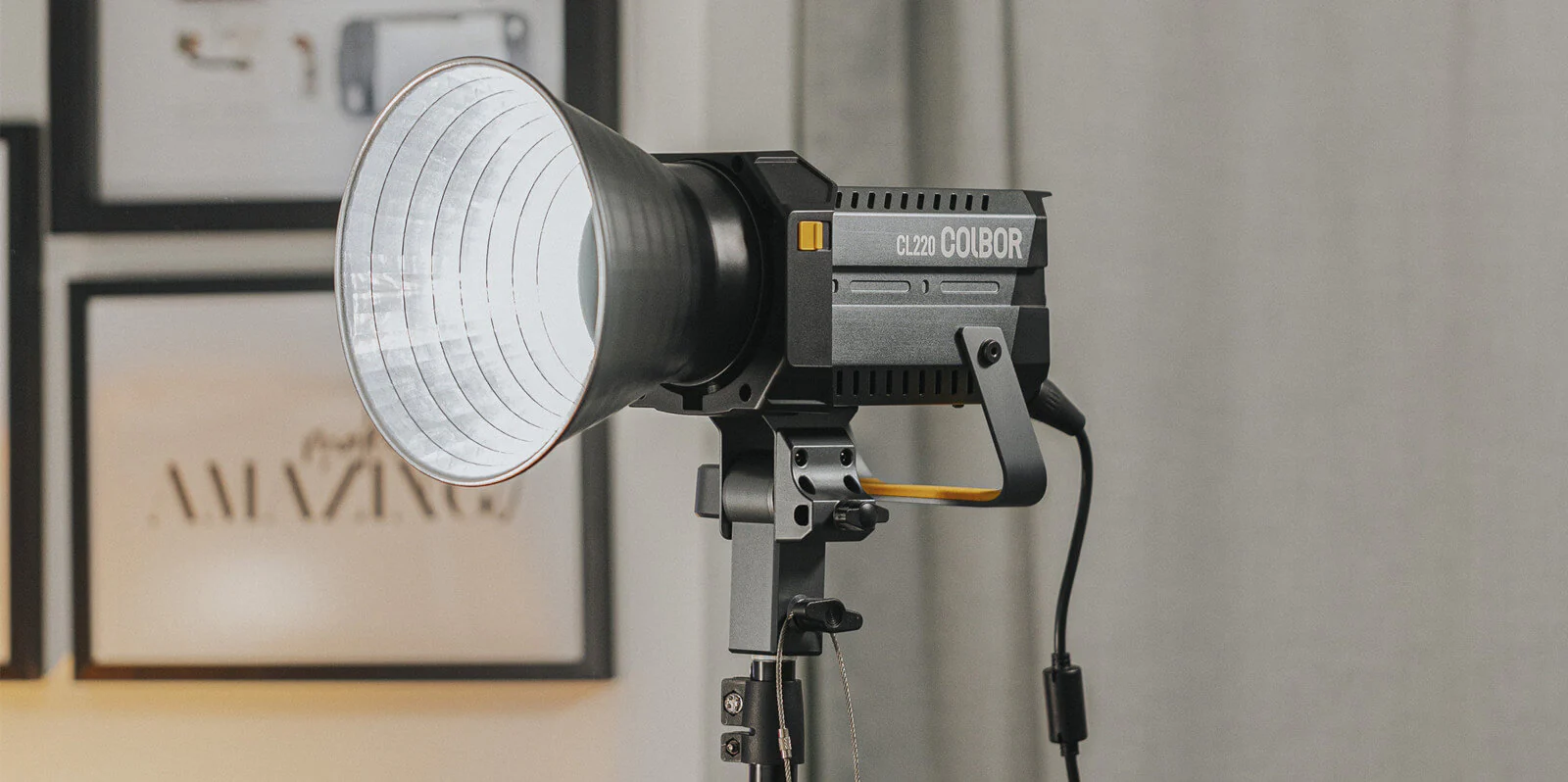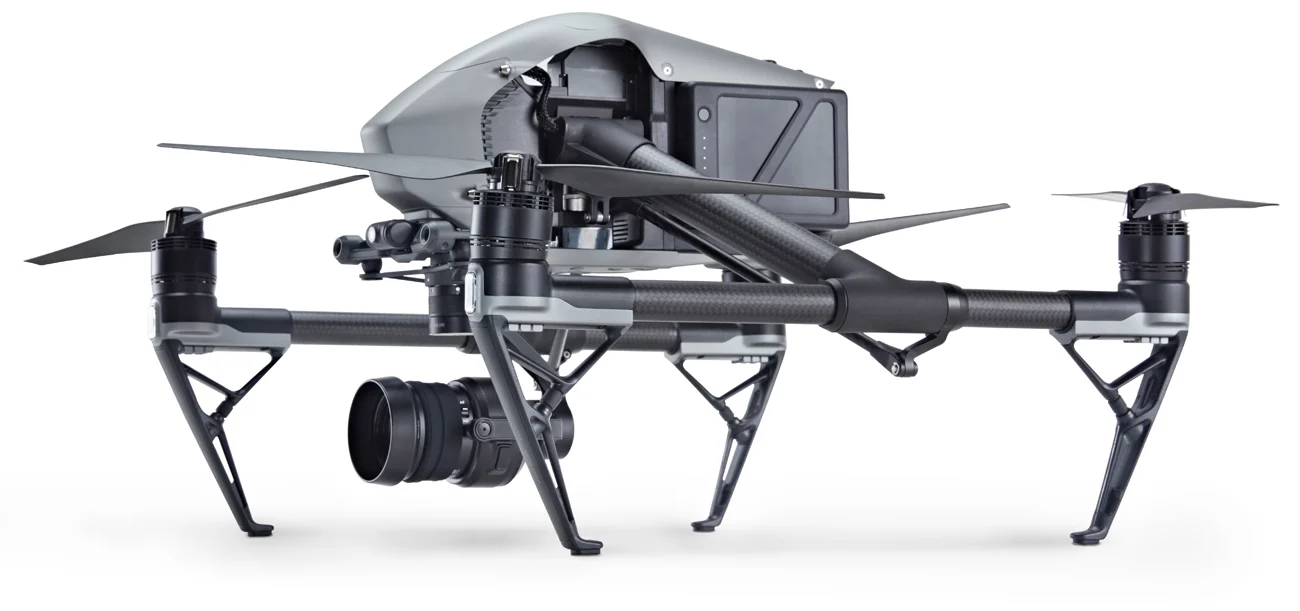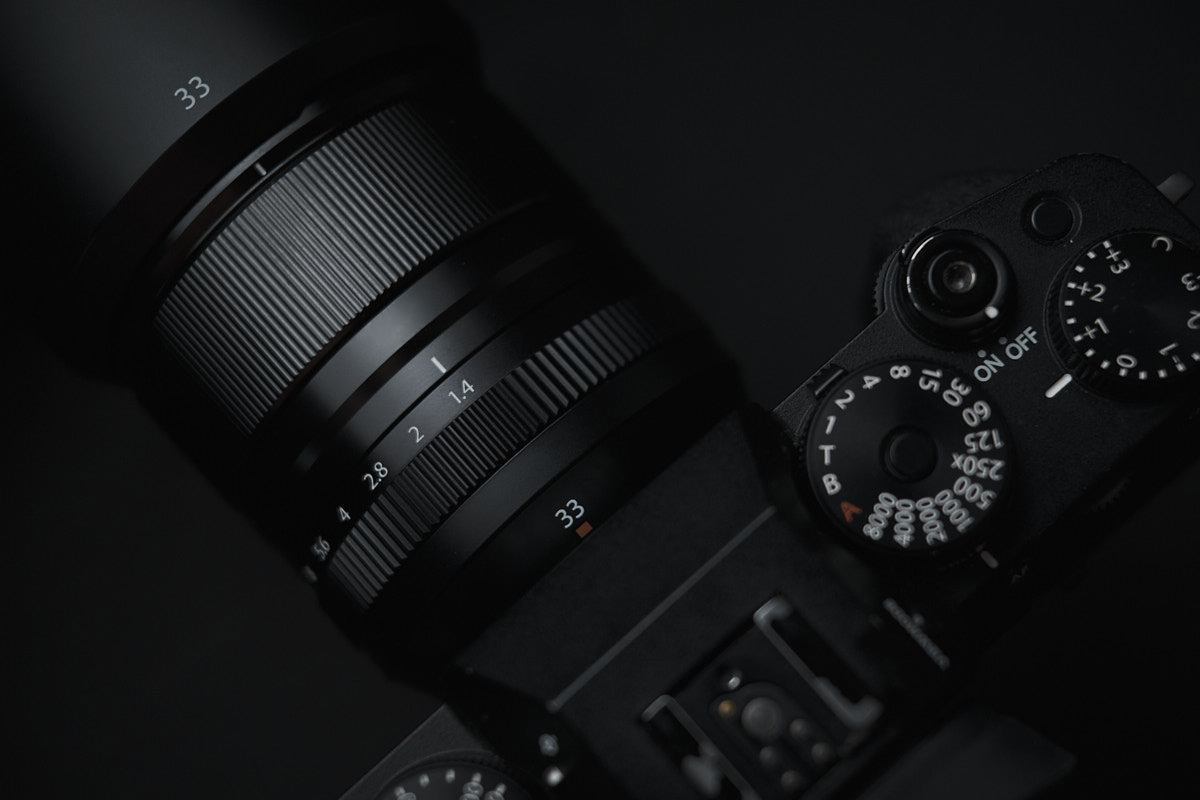An f-stop, or f-number, is a setting that controls the aperture of a camera lens, which is the opening that allows light to reach the camera’s sensor. The size of this opening affects the exposure and depth of field in your photos. F-stops are represented by numbers, like f/2.8, f/5.6, or f/16, and each number is part of a standardized scale. Lower f-stop values (e.g., f/1.8) mean a larger aperture, allowing more light to enter. This is ideal for low-light situations and produces a shallow depth of field, making the subject stand out by blurring the background. Higher f-stop values (e.g., f/16) mean a smaller aperture, allowing less light in, which is better for bright conditions and achieves a greater depth of field, keeping more of the image in focus.
Each full f-stop change doubles or halves the amount of light entering the lens. For instance, moving from f/4 to f/5.6 halves the light, while moving from f/4 to f/2.8 doubles it. Understanding this is crucial for exposure control, as aperture works in conjunction with shutter speed and ISO in the exposure triangle. By mastering f-stops, photographers can creatively control how light and focus are used, shaping the visual impact of an image. For example, portraits often use low f-stops to isolate subjects, while landscapes use higher f-stops to capture more detail across the scene.





